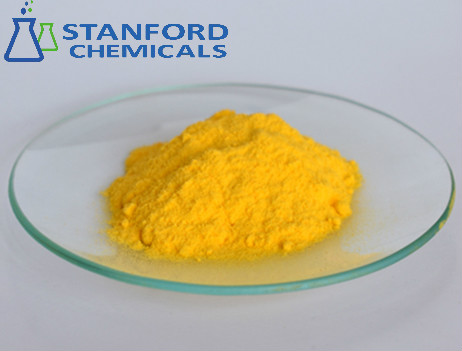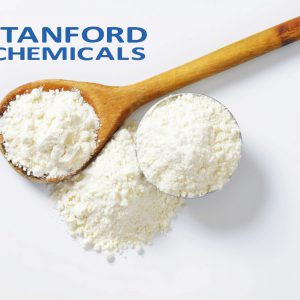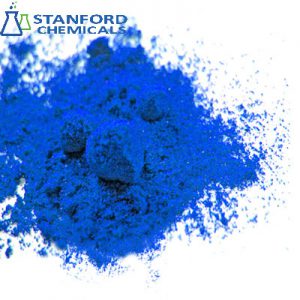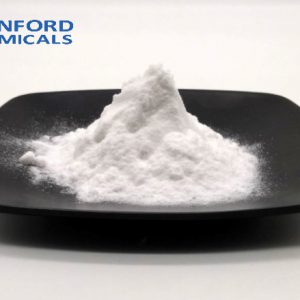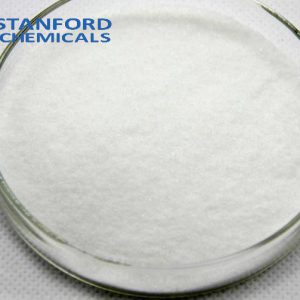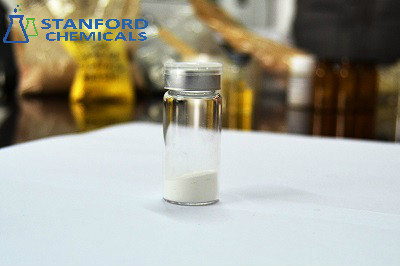- Home
- Cosmetics & Personal Care
- (Discontinued) 070-000-276 Retinoic Acid / Tretinoin, CAS 302-79-4
(Discontinued) 070-000-276 Retinoic Acid / Tretinoin, CAS 302-79-4
Discontinued
| Synonyms | Tretinoin, Vitamin A derivative, all-trans-retinoic acid |
| Source | Synthetic(organic) |
| Keywords | Anti-aging, Vitamin A, treatment of acne |
| Related products | Vitamin A, Vitamin AD3, Ceramide, Capryloyl Salicylic Acid, β-Nicotinamide mononucleotide |
- Description
Description
Specifications of Retinoic Acid
| Product Name | Retinoic Acid |
| CAS Registry Number | 302-794 |
| Molecular Formula | C20H28O2 |
| Molecular Weight | 300.44 g/mol |
| Purity | >98% |
| Appearance | Yellow powder |
| Shelf Life | 2 years |
| Functions | Treatment of acne, anti-aging |
Description of Retinoic Acid
Tretinoin is a medication used to treat acne and sun-damaged skin. It can’t erase deep wrinkles, but it can help improve the appearance of surface wrinkles, fine lines, and dark spots. Tretinoin is also known as retinoic acid. It’s the generic name for synthetic vitamin A.
Tretinoin, also known as all-trans retinoic acid (ATRA), is a medication used for the treatment of acne and acute promyelocytic leukemia. For acne, it is applied to the skin as a cream or ointment. For leukemia, it is taken by mouth for up to three months.
Tretinoin was patented in 1957 and approved for medical use in 1962. It is on the World Health Organization’s List of Essential Medicines, which lists the safest and most effective medicines needed in a health system. Tretinoin is available as a generic medication.
Applications of Retinoic Acid
- Retinoic acid (RA) has been used for the differentiation of embryonic stem cells into motor neurons.
- Used in personal care products to treat acne.
- It has been used for the differentiation of Xenopus ectoderm into the pancreas.
- It has also been used to study epigenetic regulation by RARα (retinoic acid receptor α).
- It has been used to study RA signaling of prospermatogonia transition into spermatogonia.
Reference:
- Recovery from paralysis in adult rats using embryonic stem cells. Deshpande DM et al. Annals of Neurology 60, 32-32, (2006)
- In vitro pancreas formation from Xenopus ectoderm treated with activin and retinoic acid. Moriya N, et al. Development, Growth & Differentiation 42, 593-593, (2000)
- Epigenetic regulation by RARa maintains ligand-independent transcriptional activity. Laursen KB et al. Nucleic Acids Research 40, 102-102, (2012)
- Retinoic acid induces multiple hallmarks of the prospermatogonia-to-spermatogonia transition in the neonatal mouse. Busada JT et al. Biology of Reproduction 90, 64-64, (2014)

